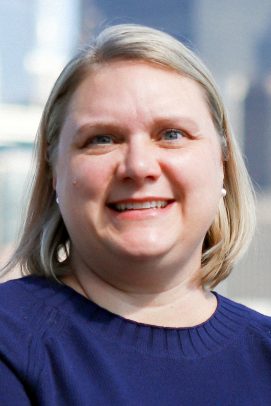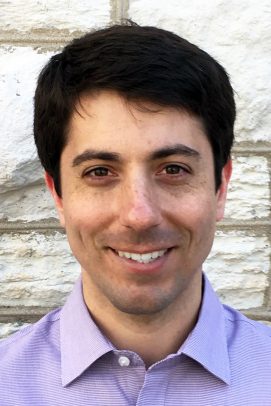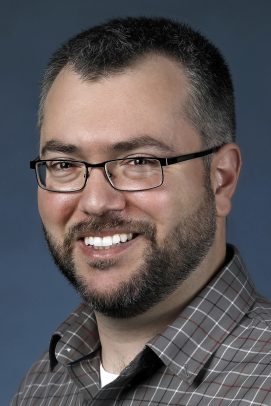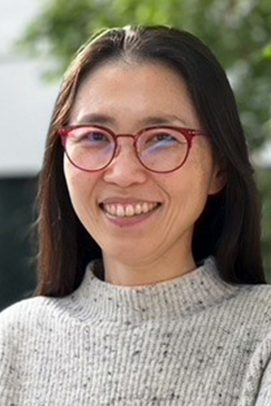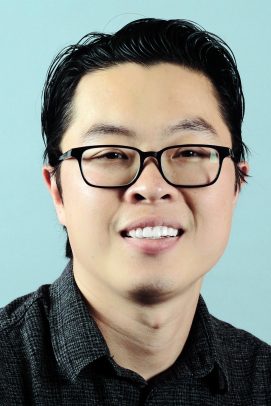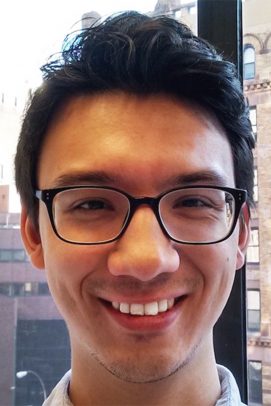Six UIC scholars win NSF CAREER awards
Six rising scholars at the University of Illinois Chicago have earned the prestigious Faculty Early Career Development Award from the National Science Foundation.
The UIC researchers’ five-year grants total more than $4 million combined and are supported through the NSF CAREER Program, which aids early-career faculty who have the potential to serve as academic role models in research and education and to lead advances in the mission of their department or organization.
Combining chemistry and biology, Stephanie Cologna’s research uses mass spectrometry to answer chemical and biological questions important to understanding cellular function. She will head a $1.3 million project that seeks to understand how lipid dynamics are crucial for cellular survival.
“Lipids are essential molecules in virtually all cell types including bacteria, plants and mammals. The studies here will focus on lipids related to brain-cell function and survival,” said Cologna, UIC associate professor of chemistry.
Her project will also involve the development of a collaborative educational experience to expose middle school students to the biochemistry of lipids including cholesterol, how they are related to everyday life, as well as to expose the students to a day in the life of a scientist.
Matthew Daly, UIC assistant professor of materials engineering, aims to expand understanding related to the strengthening of alloys, which are critical elements in a diverse set of industries such as civil infrastructure, automotive and aerospace. His $578,000 project will develop new nanomechanical testing techniques and computational models to look at how the atomic-scale organization of additives influences the processes by which alloys deform.
“Traditional understanding emphasizes the importance of additive chemistry and concentration in directing deformation. However, this rationale has shortcomings in explaining the behavior of alloys with unusually large concentrations of additives, such as many types of stainless steel. My team hopes to reveal some new design rules that can later be used by industry to improve their alloy-making for this class of technologically relevant materials,” Daly said.
His findings will also serve as the basis of virtual reality-based learning materials and instructional activities for undergraduate education, and middle and high school outreach.
Mesrob Ohannessian, UIC assistant professor of electrical and computer engineering and computer science, aims to understand the limits of what is possible with data and how to achieve this potential fairly.
“When we adopt data-driven algorithms, we tend to be very optimistic. We expect them to match the best current scientific and engineering solutions. With enough data, we even hope to discover anything discoverable in nature. My project frames this optimism in terms of competitive learning, that is individual algorithms that perform as well as a family of bespoke algorithms, each for a specific true nature,” he said.
With his $545,000 support, Ohannessian and his students in the DICE (Data, Information, and Computation, Equitably) research group will explore key principles that enable competitive performance, especially methods that help gracefully extrapolate predictions to rare data regions. By doing so, they will streamline the design of competitive algorithms that simultaneously find the truth of nature and adapt to it. The project will also weave research with data science education efforts at several levels, with active outreach and engagement of traditionally underserved students.
Minjung Ryu, UIC assistant professor of chemistry and learning sciences, will be supported with $750,000 to examine how college students from non-dominant linguistic backgrounds, such as Arabic, Somali, Swahili, and Nepali, use multiple languages in the context of STEM learning and participation, and to design a STEM learning environment that encourages and supports flexible use of languages for students from these backgrounds.
Ryu, whose work is focused on issues around diversity, equity, language, and participation in various STEM and chemistry learning settings, says evidence supports flexible language use for STEM and English learning, but her project will address a gap in research on the matter at the college level.
“This project will advance understanding about the interrelationship between STEM learning and language use and investigate pedagogical environments and practices that better facilitate STEM learning and participation. Given that students from non-dominant linguistic backgrounds are the fastest-growing student population group in the U.S. education system, findings can have broad impacts on students and educators in post-secondary STEM education,” Ryu said.
Jae-Won Shin, UIC assistant professor with a primary appointment in the department of pharmacology and regenerative medicine, and also a core faculty member in the department of biomedical engineering, received a $500,000 grant aiming to pioneer new approaches to understanding how stem cells can be precisely guided to regenerate tissues. Specifically, stem cell guidance in the building of instructive niches, or microenvironments, around these tissues one cell at a time.
According to Shin, “The approach developed here can potentially be integrated with other existing biomanufacturing approaches to fabricate new tissues by providing gel-coated cells with locally defined properties as building blocks. The tools could then aid in the continued future development of effective stem-cell-based therapies and approaches for tissue regeneration.”
In addition, Shin’s grant includes an educational program to provide both high school teachers and students from diverse backgrounds with opportunities to engage in hands-on research activities across multiple integrated STEM fields. This effort is designed to promote early exposure to multidisciplinary thinking and learning processes.
With $450,000 in funding, Ian Tobasco, UIC assistant professor of mathematics, seeks to derive from the underlying equations of nonlinear elasticity new mathematical models for elastic patterns, to understand what makes complex solid systems deform in the myriad ways that they do.
“The questions addressed in this project – on stress focusing in confined membranes, and shape change in mechanical metamaterials – are at the cutting edge of nonlinear mechanics and the calculus of variations. The work is interdisciplinary, and success will come from blending techniques from engineering and physics with pure mathematical analysis,” Tobasco said.
Tobasco’s project will focus on two key examples: the “wrinkle-to-fold” transition in confined elastic shells, and the unusual shape-morphing properties of architected elastic sheets including kirigami metamaterials.
Five of the awards earned by the UIC researchers are funded in whole or in part under the American Rescue Plan Act of 2021.
